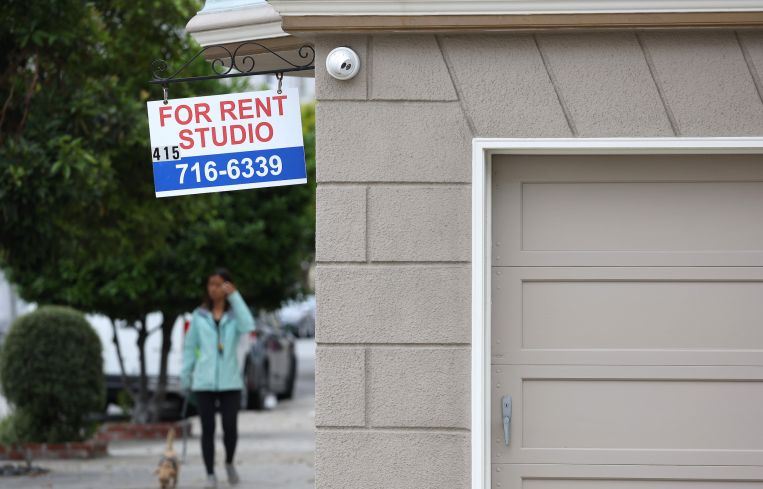Housing Demand Shaped by Increasing Desire to Move and Shifting Migration Trends
By Michael Lucarelli May 28, 2024 3:30 pm
reprints
Renting remains a crucial aspect of the U.S. housing market, especially as home prices remain high alongside an increase in mortgage rates. Approximately 44.1 million households in the U.S. are renters, and this number is expected to grow as many in this country find homeownership increasingly unattainable. According to the latest New York Federal Reserve’s 2024 SCE Housing Survey, only 40.1 percent of renters anticipate owning a home, marking the lowest figure since the survey’s inception in 2014.
The corresponding demand for rental properties is driving up prices. Data indicates that rents have surged by 30 percent compared to pre-pandemic levels, with the average monthly rent in the U.S. reaching $1,983 in March of this year.
As summer draws near, apartment searches across the United States are set to pick up until they are likely to top out in July, with many renters hoping to move well before the cold settles back in in many parts of the U.S. Data shows more than half of those living in the U.S. want to move in 2024, according to a survey conducted by Architectural Digest, motivated by such reasons as wanting to seize cost savings or move into nicer neighborhoods. A recent boom in new apartment construction — more than 1.6 million new apartments were added between 2019 and 2023 — is providing more opportunities for those seeking new rental spaces.
The desire to move can also be driven by the aim to share larger spaces with others in a rising trend called co-living. According to user data on RentSpree, a provider of rental solutions, demand for three- and four-bedroom apartments significantly increased over the past two years while demand for one-bedroom spaces decreased. The lasting effects of remote work has also created more demand for larger apartments that are better suited as live-work places.
In the quest of looking for new rental homes, some areas continue to draw greater interest than others due to a variety of factors, including affordability and quality of life. But the share of those looking to move to a new metro area or out of state has dropped for the second year in a row, according to U.S. Census Bureau data and research from Apartment List. Last year, about 38 percent of users on the platform were looking to move to a new metro, down from nearly 41 percent in 2022. And the percentage of those seeking to move out of state declined to about 26 percent from nearly 28 percent. The decrease of those moving to other states was also evident in the latest population estimates released by the Census Bureau.
For those who are still migrating to other places, census data shows that states along the West Coast and throughout the Northeast continued to lose population to those in the Sun Belt and Mountain West regions. Yet it’s important to note that the migration flows have been declining in magnitude when compared with prior years.
RentSpree data is pointing to a similar trend. Based on applications per property on the system — a gauge that points to a market’s competitiveness — areas such as New York and D.C. that had experienced declines in demand over the past couple of years, largely due to cost and the emergence of remote work, are seeing a certain restrengthening, while markets that have been consistently in the headlines for rising in-migration are starting to show some softening. Between 2022 and 2023, New York saw a 4 percent and D.C. a 3 percent increase in applications per property, while Texas experienced a decline of more than 10 percent.
In conclusion, the rental sector will continue to play a pivotal part in the U.S. housing market. With the four-year anniversary of the onset of the pandemic just behind us, remote work has significantly changed the country’s migration patterns in recent years. Yet some companies have started to require employees to spend at least some time at the office, and the relative affordability of certain markets has been eroded due to the jump in demand over the past years. So, while the more dominant migration patterns of the recent past are continuing, their effects are starting to lessen.
Michael Lucarelli is the CEO and co-founder of RentSpree.



